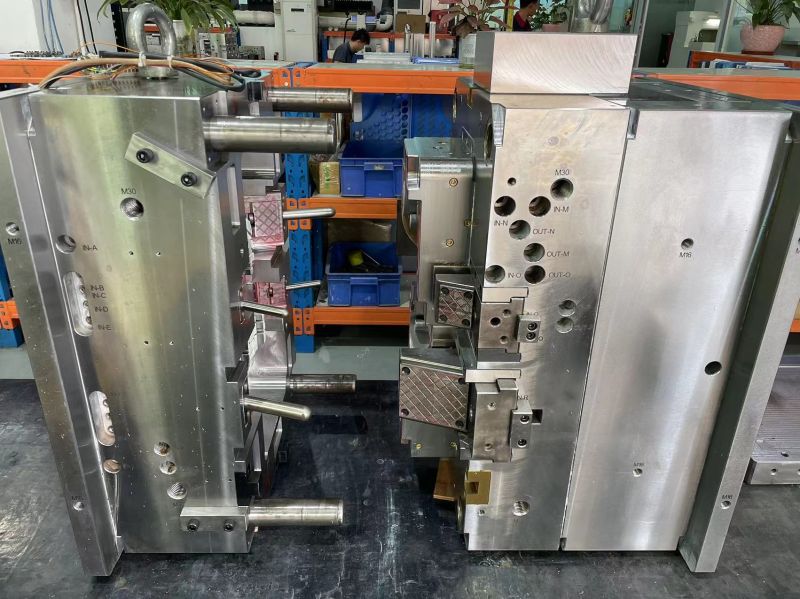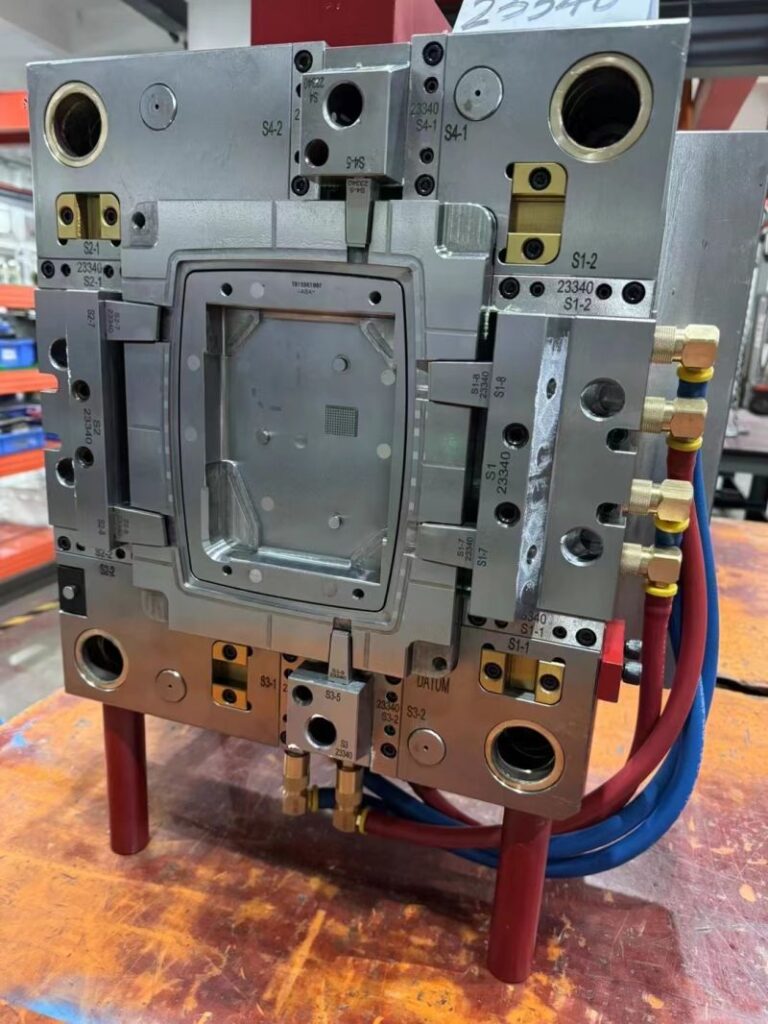1.Exporting molds can offer several advantages, particularly for companies involved in manufacturing or industries reliant on mold production. Here are some of the key advantages:
2.Cost Efficiency: Exporting molds to countries with lower labor costs can significantly reduce production expenses. Countries with lower labor costs often offer cheaper manufacturing facilities, helping companies save on production expenses.
3.Access to Expertise: Some countries may specialize in specific types of molds or have advanced expertise in mold design and production. Exporting molds to such regions can provide access to specialized knowledge and skills that may not be available domestically.
4.Capacity Utilization: Exporting molds allows companies to utilize their production capacity more effectively. If there’s excess capacity domestically, exporting molds can help maintain a steady workflow and maximize the utilization of manufacturing facilities.
5.Market Expansion: Exporting molds opens up opportunities to tap into new markets and reach a wider customer base. By establishing a presence in foreign markets, companies can increase their global footprint and potentially generate additional revenue streams.
6.Diversification of Risk: Relying solely on domestic production for molds can pose risks such as supply chain disruptions, regulatory changes, or economic instability. Exporting molds to multiple countries diversifies these risks and provides a buffer against unforeseen challenges in any single market.
7.Technological Advancements: Some countries may have access to advanced technology or innovative techniques in mold production. Exporting molds to these regions can facilitate technology transfer and enable companies to stay competitive by adopting the latest advancements in the field.
8.Strategic Partnerships: Exporting molds can lead to the establishment of strategic partnerships or collaborations with foreign manufacturers. These partnerships can foster knowledge exchange, facilitate joint research and development initiatives, and create opportunities for mutual growth and expansion.
Regulatory Flexibility: Exporting molds to countries with more favorable regulatory environments or less stringent standards can streamline the production process and reduce regulatory compliance costs.
Overall, exporting molds can enhance cost-effectiveness, access specialized expertise, facilitate market expansion, and mitigate risks, ultimately contributing to the competitiveness and growth of the exporting company.




